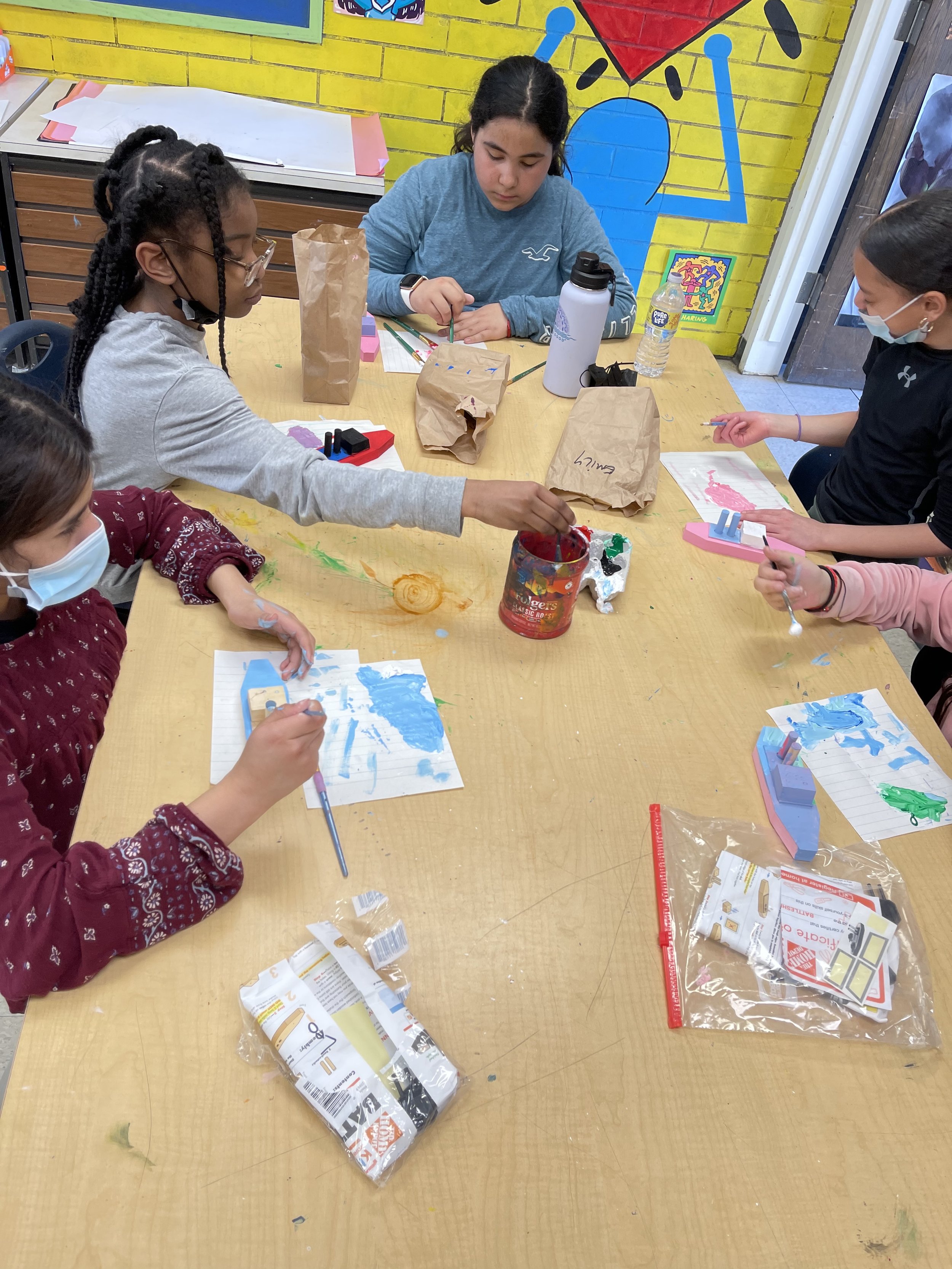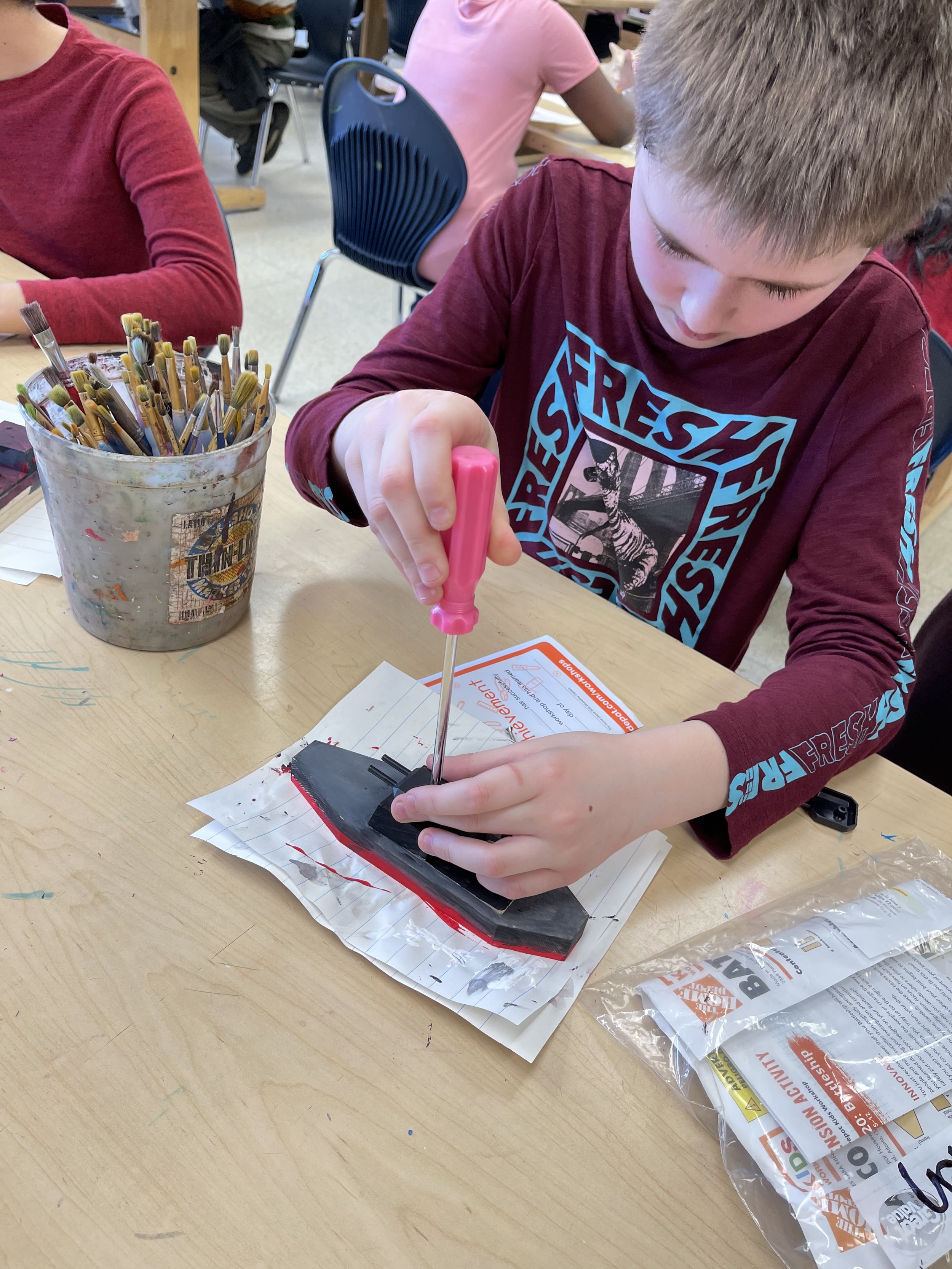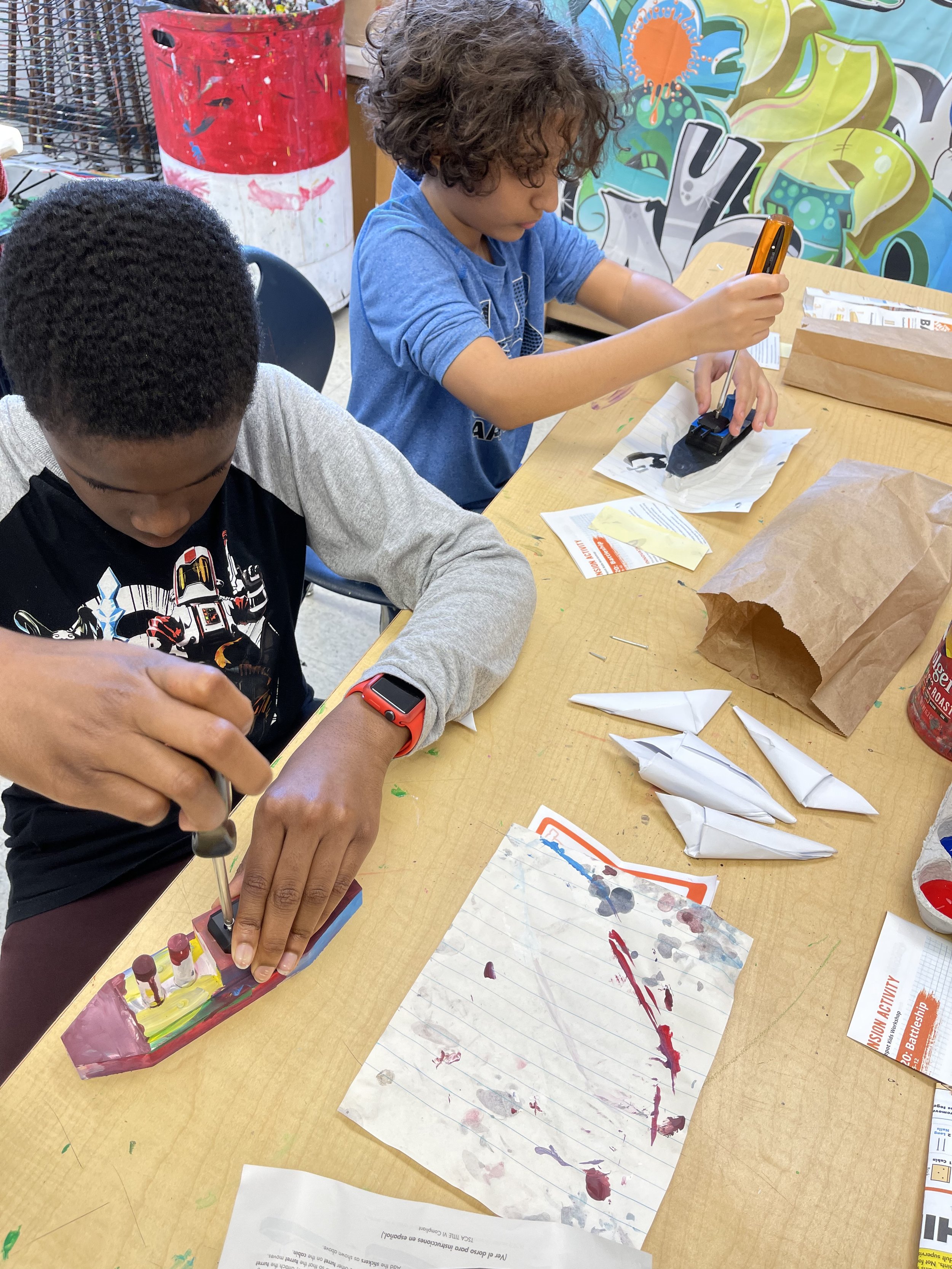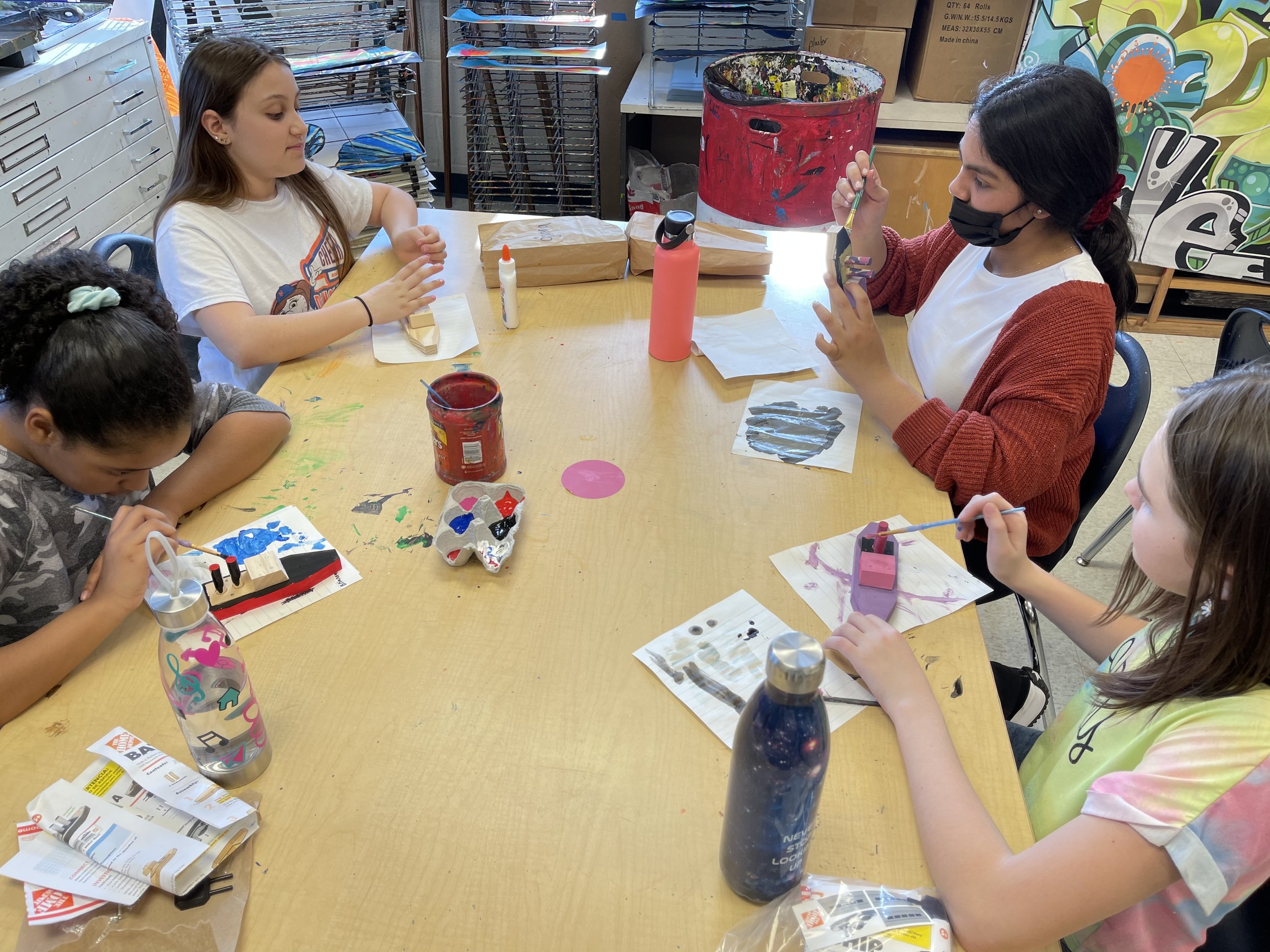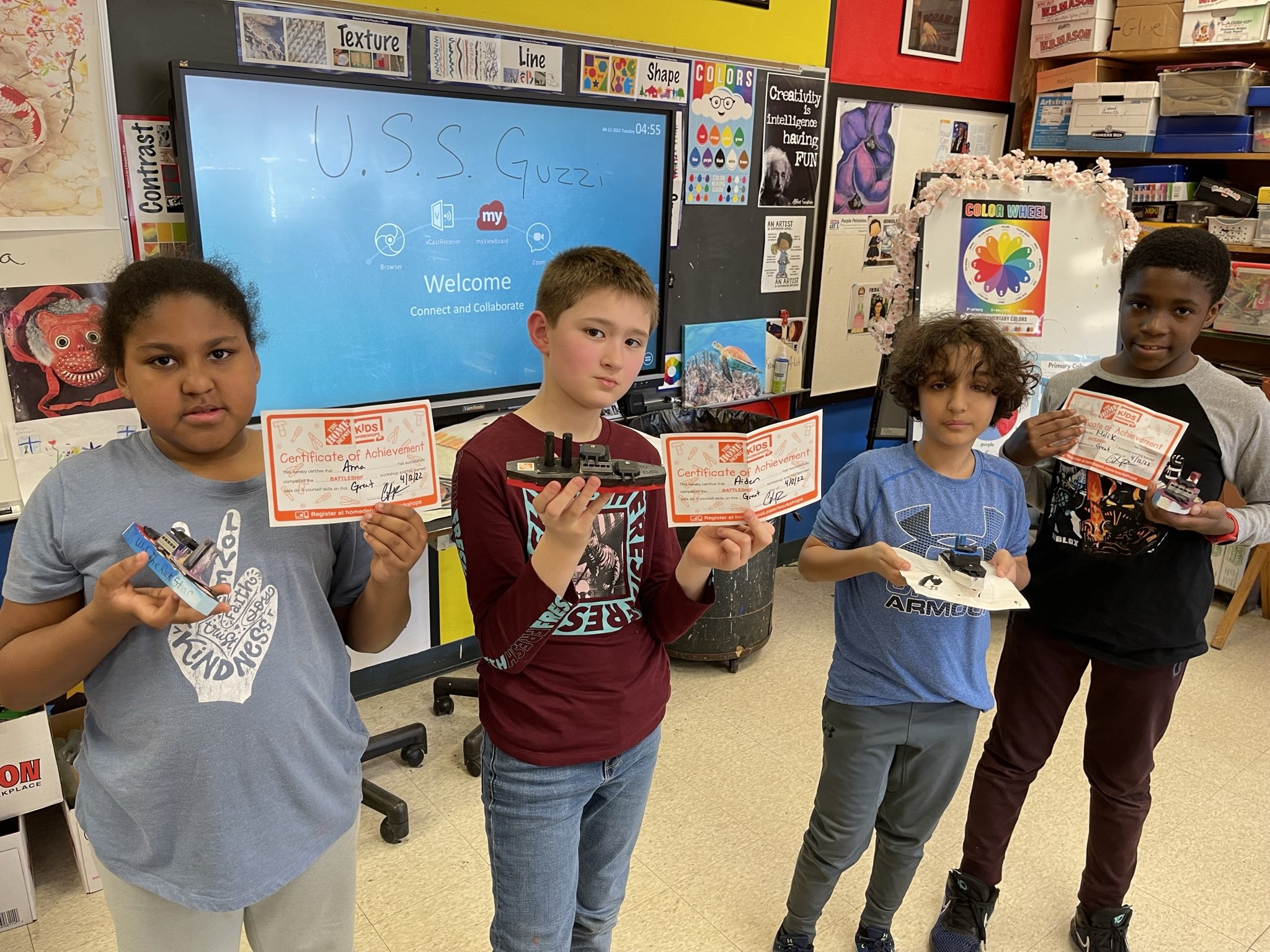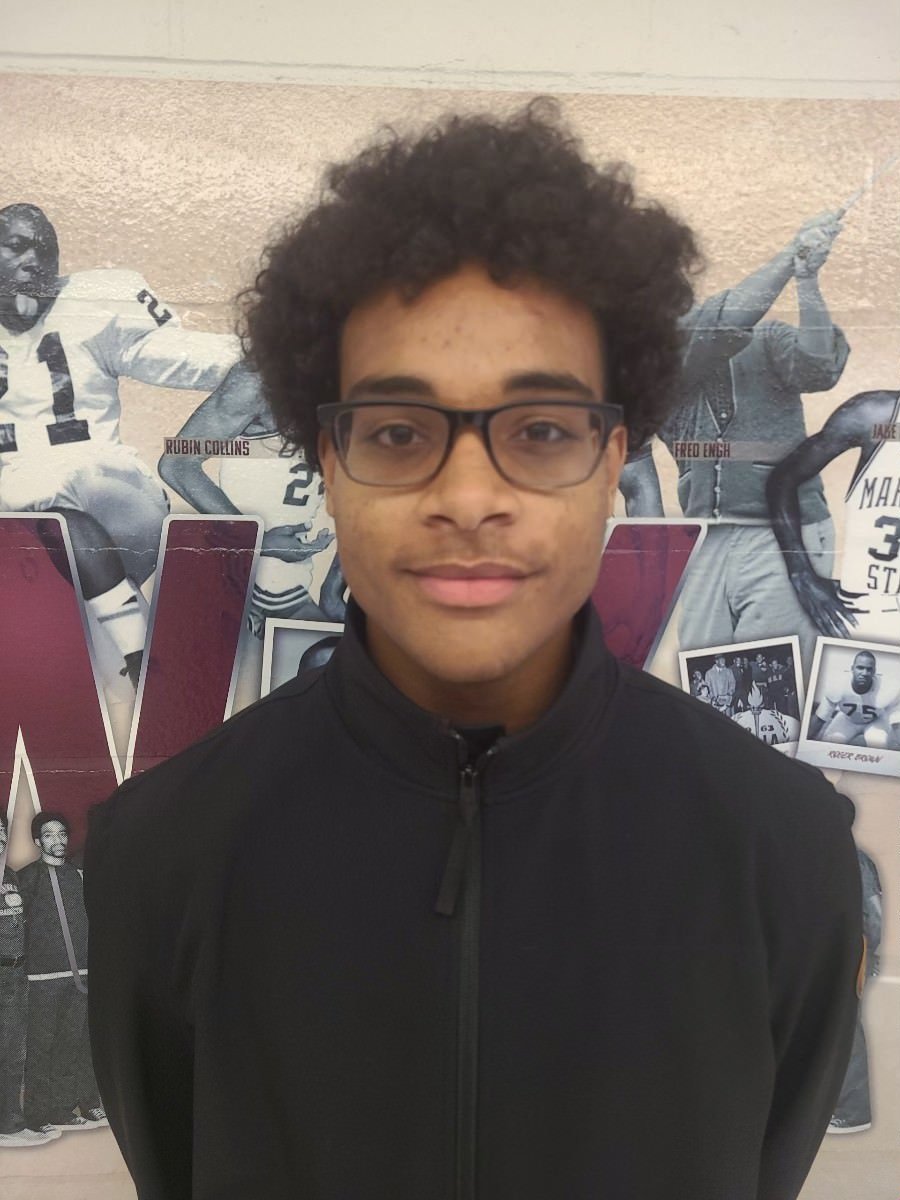The UMES diverse student body represents thirty states and fifty-five countries. Fifty-five percent of the students live in on-campus housing. The campus life is balanced with events, games, academic support, and a large variety of food options including vegan meals.
The UMES campus is quiet and tranquil. Although it is a small school, it has the appeal of being an hour away from summer destinations like Ocean City, MD and less than three hours from Baltimore, MD, Virginia Beach, VA, and Washington, DC.
You could thrive at UMES especially if you prefer a small school. The academic advisory staff takes pride in coaching and mentoring students on their career paths and class selections. At UMES you are never just a number. You get the feeling that you matter as an individual, you are able to collaborate with your professors, and you are part of a learning community.
The amenities of UMES include a movie theatre, hotel, and bowling alley, which is necessary since the school is not in the vicinity of a major city. Bowling is a huge part of student life here. You can even earn a bowling scholarship to UMES!
In 2020, MacKenzie Scott who was once married to Amazon founder Jeff Bezos donated $20 million to UMES. This was the largest donation in the school’s history. When compared to the other schools we visited so far on our spring break tour, we thought UMES could use some of that money to upgrade a few of their buildings and maybe add a few new ones.
This is an ideal school for students who cherish smaller class sizes, value more time with their professors, and advisors, and thrive in a less competitive atmosphere.




